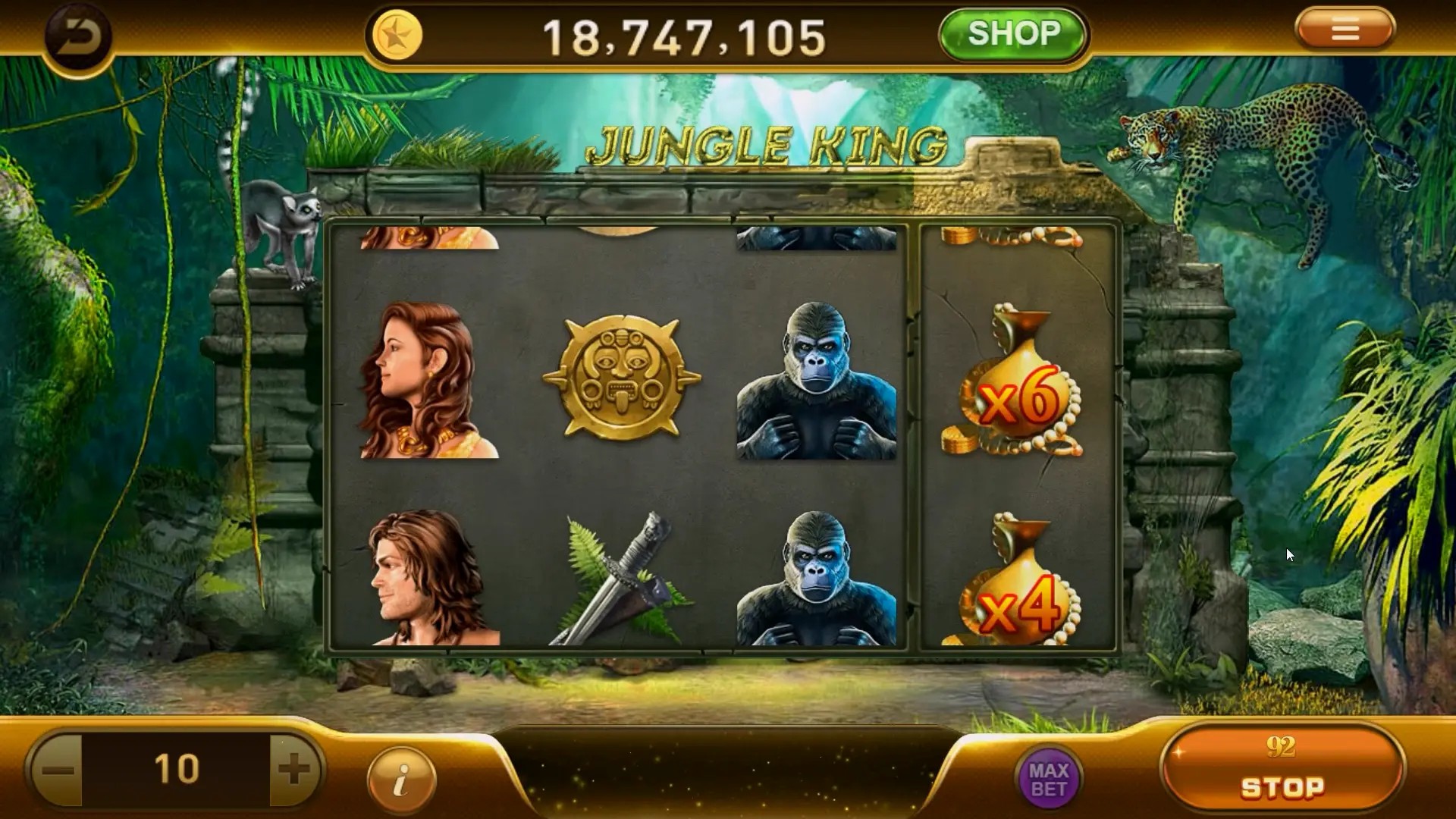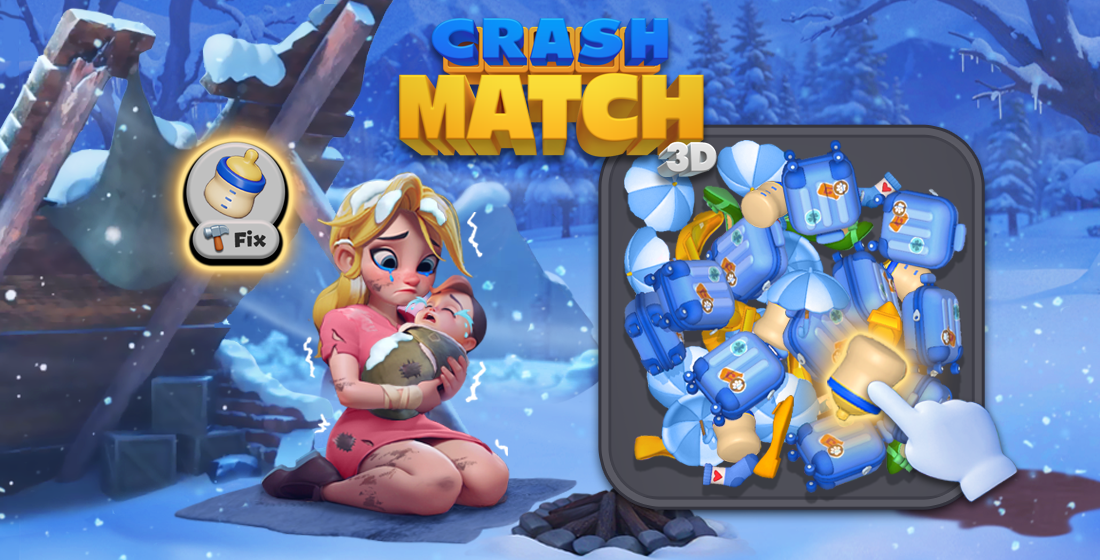Top 10 Shooting Games for Casual Gamers to Play in 2024
Shooting games aren't just reserved for competitive players anymore. Thanks to their accessible mechanics and short match formats, many shooting titles cater perfectly to casual players looking for quick fun during commutes or work breaks. In 2024, developers have embraced simplified controls, bite-sized challenges, and mobile-friendly design that aligns seamlessly with busy schedules of Cambodia's casual gaming audience. Here are the top selections offering enjoyable gameplay without overwhelming complexity.
Cultural Accessibility and Mobile Preferences in Southeast Asia
In countries like Cambodia where smartphone adoption has surged rapidly, locally tailored game experiences dominate popularity charts. Developers understand cultural nuiances—offering Thai and Vietnamese voiceovers makes foreign games feel more familiar while integrating region-specific character designs fosters personal connection. The most successful shooting titles maintain intuitive one-hand controls that accommodate cramped public transport usage environments typical across regional cities like Phnom Penh and Battambang.
- Familiarization techniques using local landmarks reduce alienation factors
- Voice command features enable gameplay while keeping hands free on motorbike rides
- Data conservation measures remain critical for 4G-limited regions
Free-to-Start vs Freemium Models Explained
| Paid Entry Game | Traditional Free-to-Play | Fremium Design | Eco-Focused Model | |
| Price Point | $39.99+ | No cost upfront | Ingame currency earned daily | Earned progression without purchase |
|---|---|---|---|---|
| Mechanic Style | Budget-buster development quality | Mandatory ads every level | Reward systems via login bonuses | Progress locked to real-time intervals |
| Retention Tactics | One-off purchases with optional DLC | Daily logins required for limited keys | Social sharing incentives | Collaborative team progression structures |
| Average Engagement | 8 hours over six months | 5 days followed by deletion | Monthly event return rates | Weaker than social multiplayer models |
Tapping Into Cambodia’s Growing Smartphone Culture: Game Localization Tips
If your title involves language-based content—from dialogue lines to weapon names—consider Khmer translations carefully. Literal translations often miss colloquial speech patterns causing unintended offense. Collaborating with regional linguists costs 6-8k USD but can dramatically affect retention rates; one puzzle shooter saw daily actives climb by 40% post-localisation thanks to culturally adapted joke references that mirrored local humor rhythms.
- Contact Ministry Of Information's licensing division before implementing government symbols
- Add optional prayer time reminders between missions as requested by some religious demographics
- Create specific battle royale skins honoring famous Apsara dancers and historical figures like King Jayavarman VII
Avoiding red/green color combinations remains crucial as color symbolism varies drastically across Asian nations compared to Western design conventions—a misstep costing at least two promising tactical shooters their initial user tests in Siem Reap markets back in '22-'23 seasons. Prioritising feedback from small test groups rather than assuming preferences works far better.
Key Takeaway: When marketing globally distributed shooting titles in Cambodia, invest in localized soundtracks with traditional instrumentation—like a modified Bayan for mission success jingles—and observe dramatic performance improvements among younger audiences aged fifteen to twenty-five.
Metro Manila's Impact on Battle Royale Expectations
The Philippines continues serving as de facto beta testing ground due to geographic proximity and similar socioeconomic profiles. Trends emerging from Manilla's cybercafé cultures often predict successful Cambodia reception. Last month saw Manila-based players gravitate toward battle royale titles featuring underwater gunfights—an odd concept initially thought unsuited to tropical climates, but gained traction when implemented properly in early April '24 updates across four major titles. The takeaway? Don’t overlook "quirky" innovations just because they seem niche.




